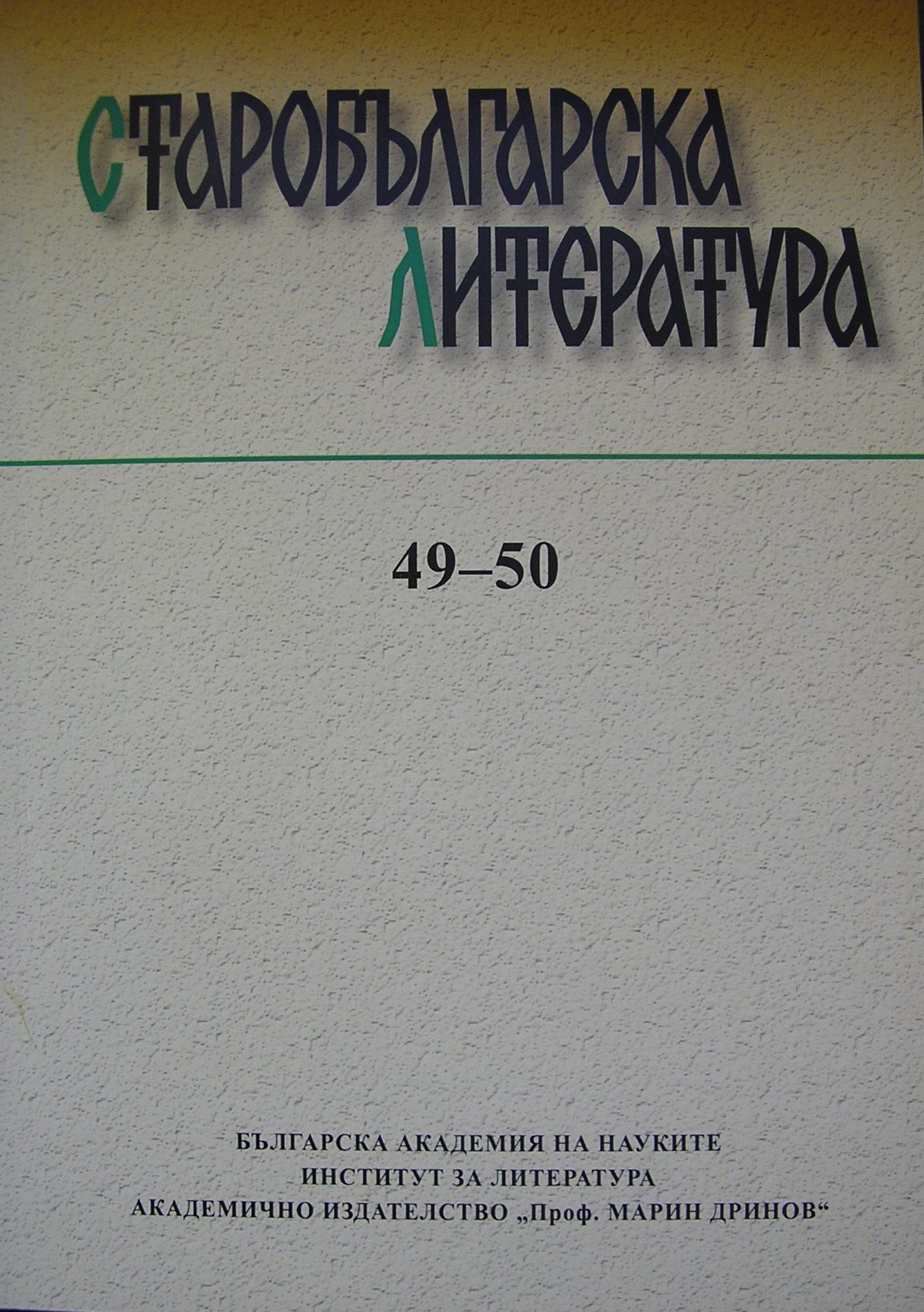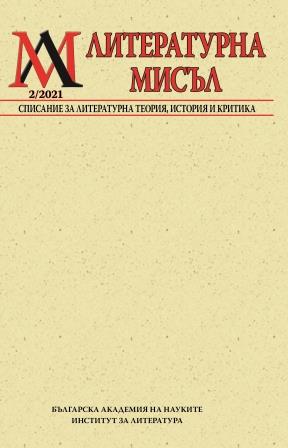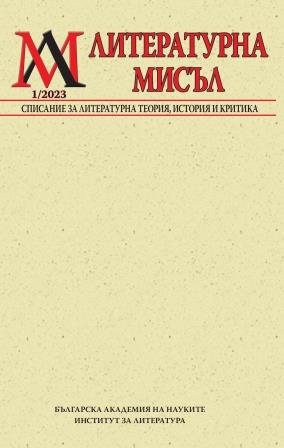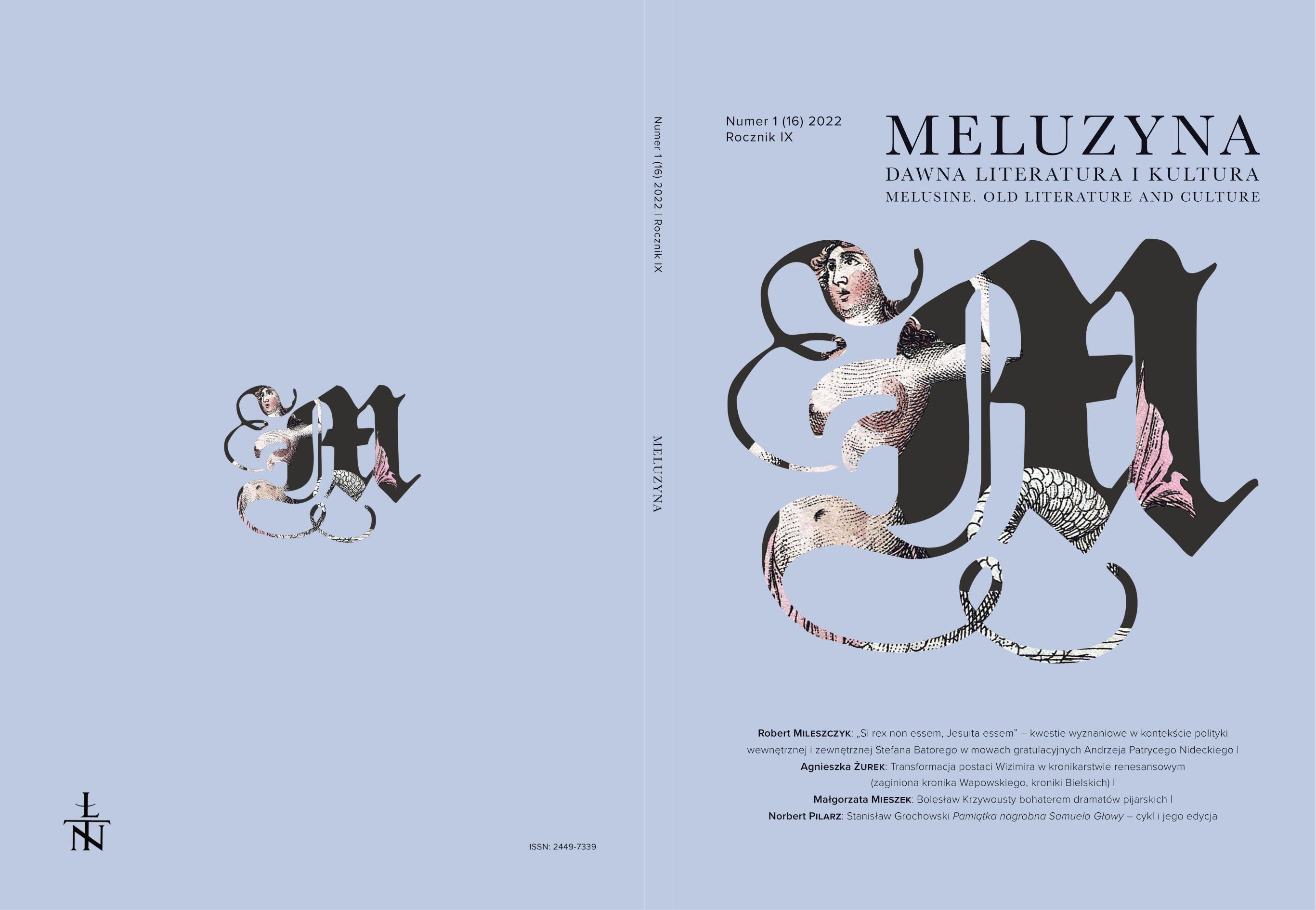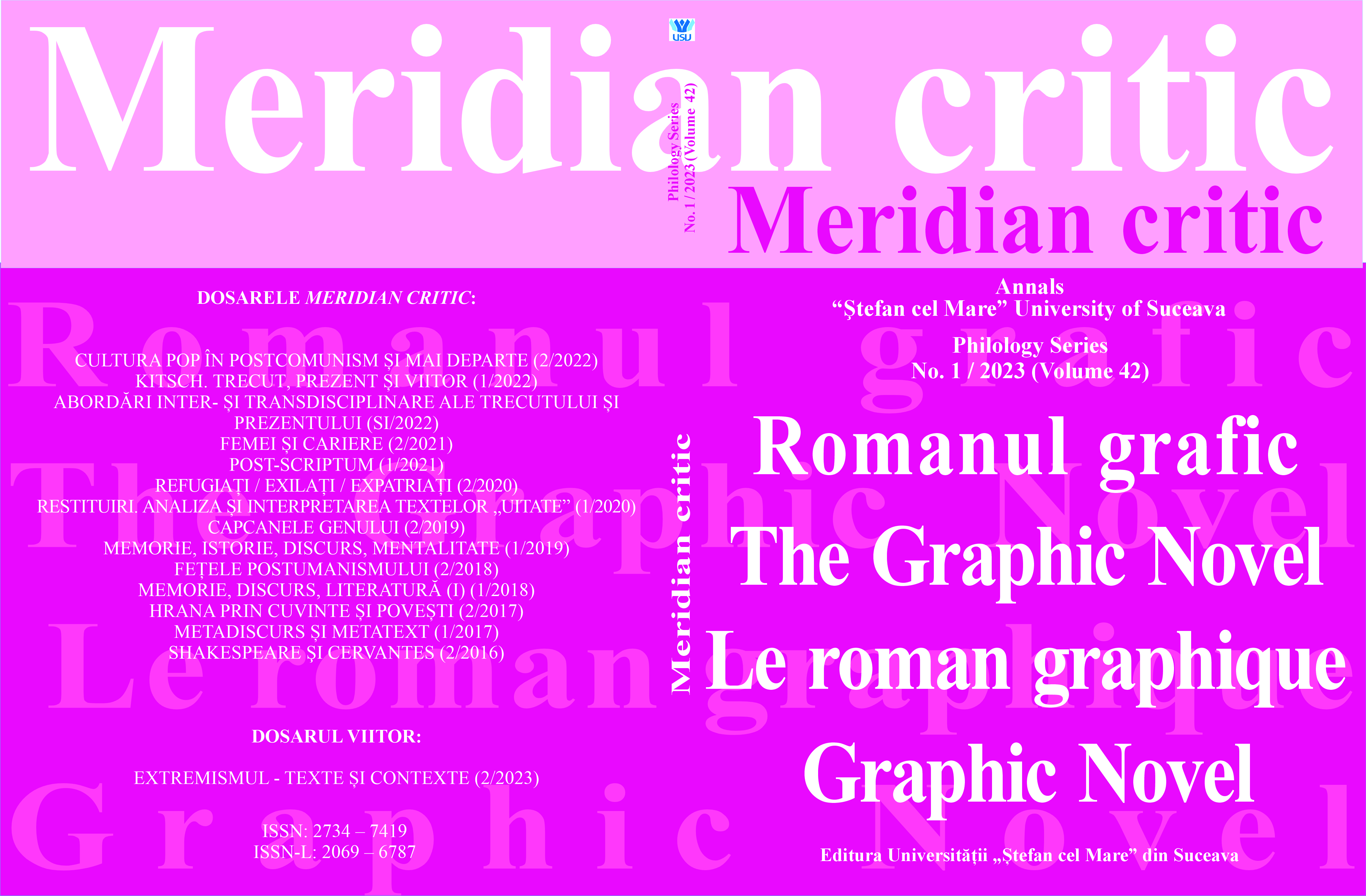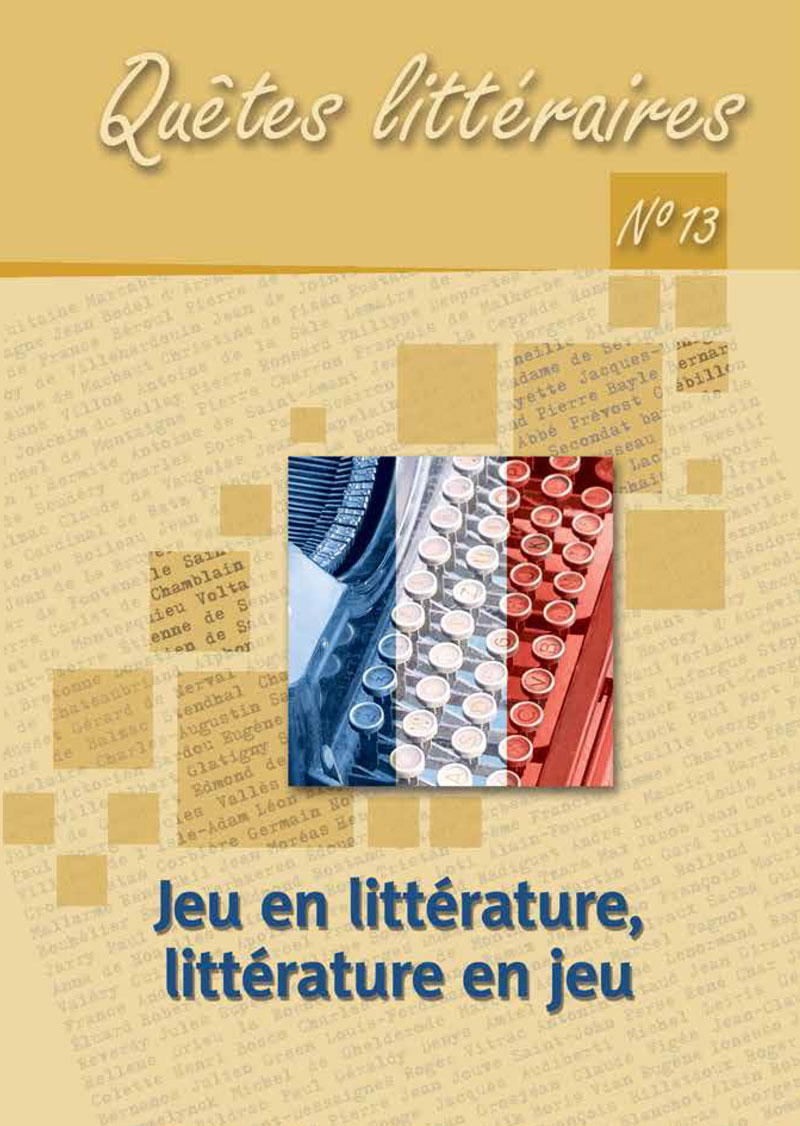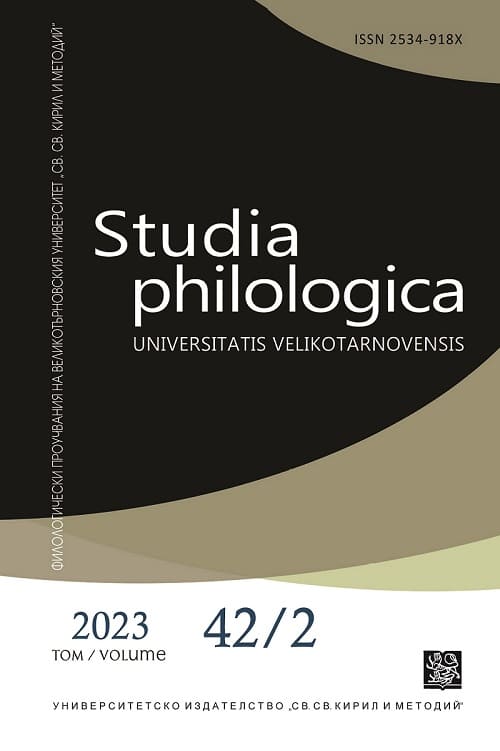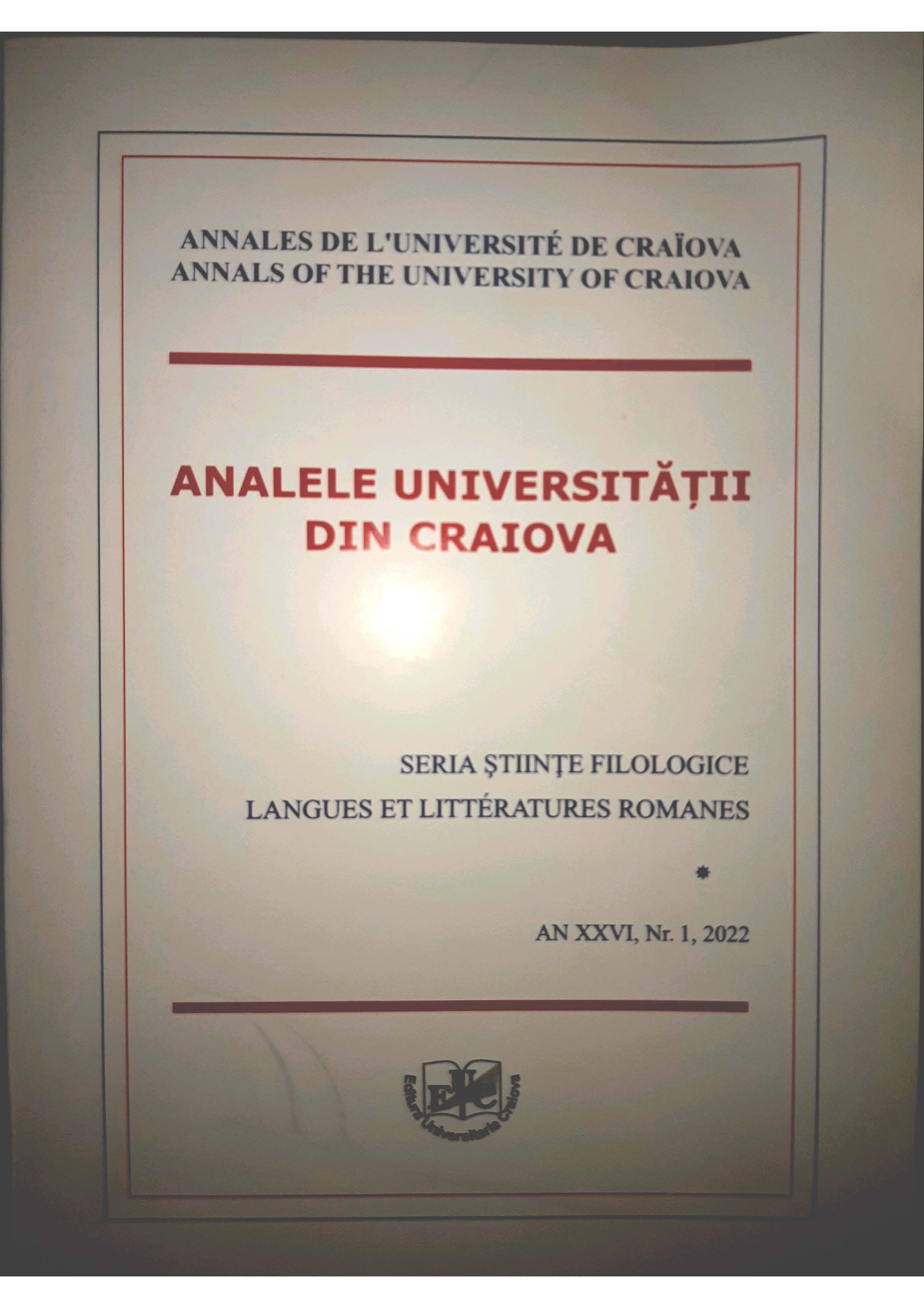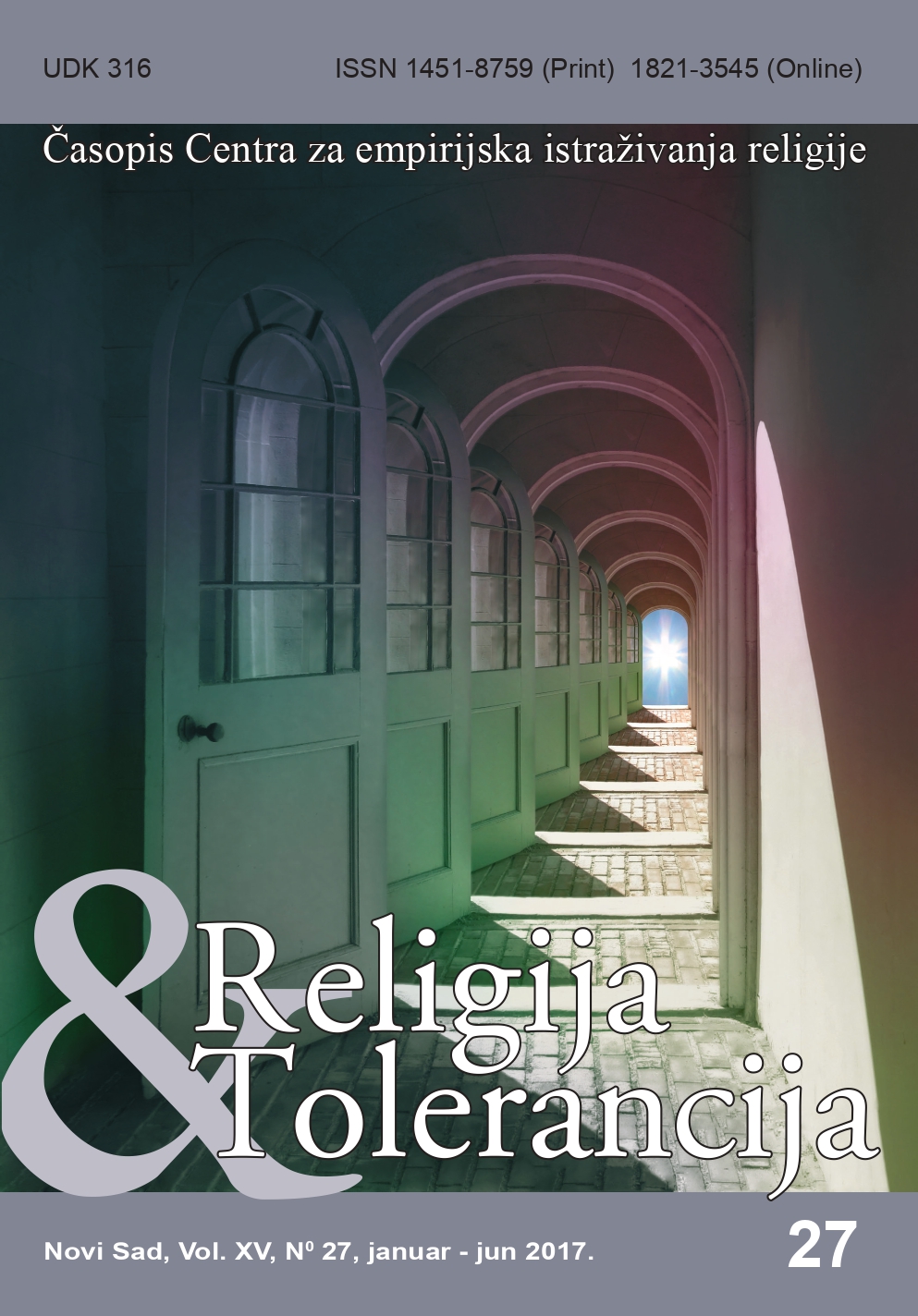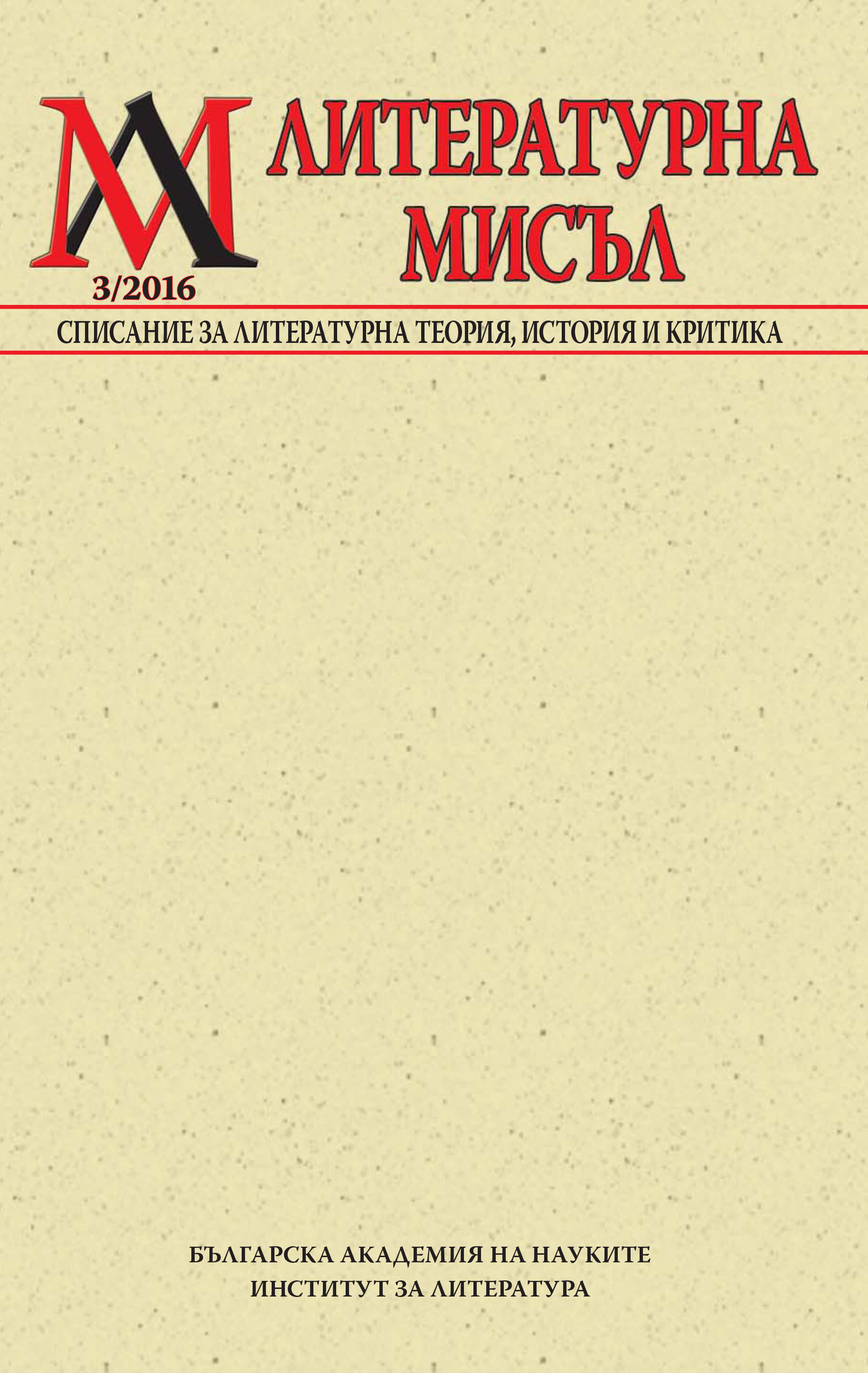
Stephen Greenblatt. The Swerve: How the World Became Modern. New York: W. W. Norton. 2011.
Stephen Greenblatt tells the story of how Poggio Bracciolini, a 15th-century papal emissary, and obsessive book hunter, saved the last copy of the Roman poet Lucretius‘s On the Nature of Things from near-terminal neglect in a German monastery, thus reintroducing important ideas that sparked the modern age. The author analyzes this development in a very broad cultural and philosophical scale. This review presents the monograph of the so-called New Historicism and its possible applications in Bulgarian scholarship.
More...
